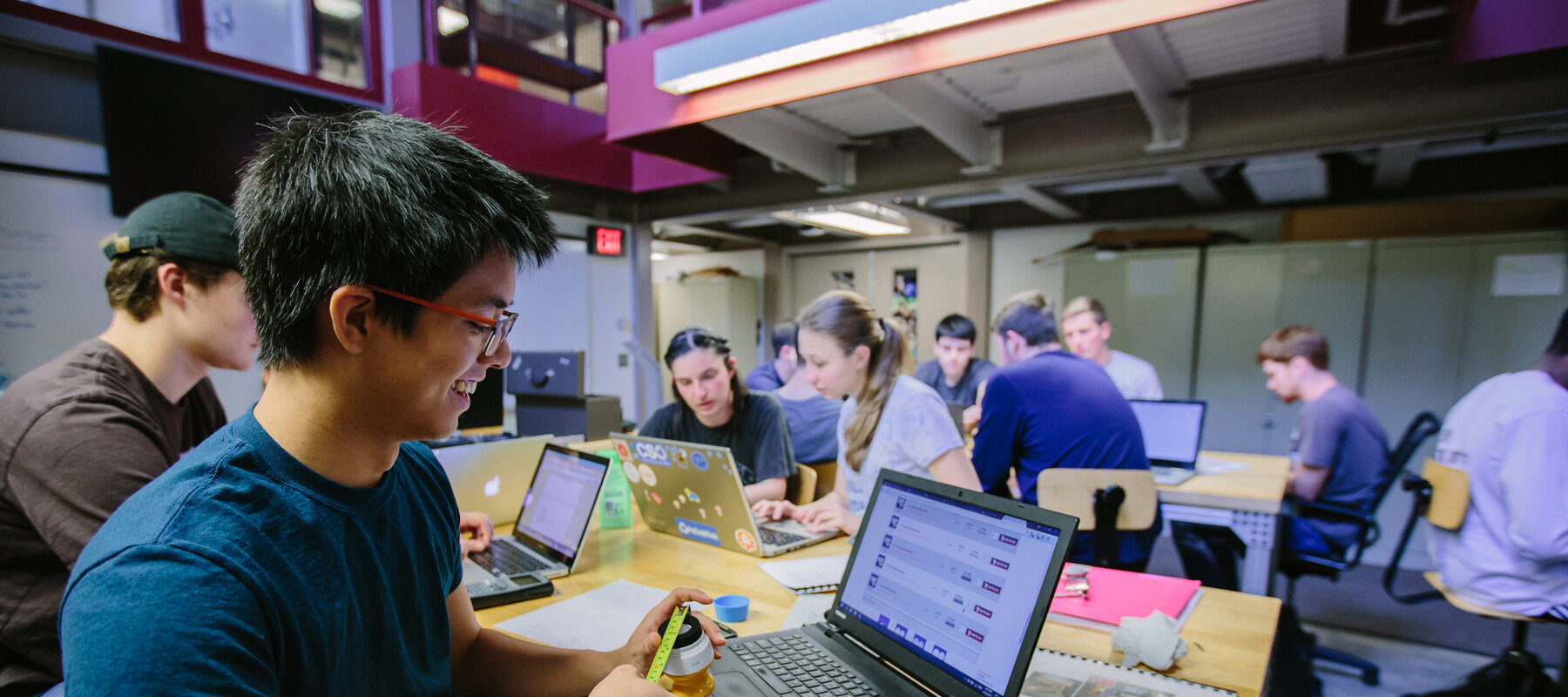On November 13, the Institute for International Education (IIE) released the 2018 Open Doors Report on International Educational Exchange, reporting that the number of international students in the United States surpassed one million for the third consecutive year, increasing by 1.5 percent to reach a new high of 1,094,792 million.
The Open Doors 2018 report is produced in partnership with the U.S. Department of State's Bureau of Educational and Cultural Affairs (ECA). It highlights the impact of international education on the U.S. higher education sector, examining the numbers and profile of international students in the United States in 2017-2018 and of U.S. students receiving academic credit for study abroad in 2016-2017.
While overall numbers of international students increased, new student enrollments fell by 6.6 percent nationally in 2017-2018, continuing a slowing or downward trend first observed in the 2015-2016 academic year. The increase in the overall number of international students is primarily due to more students participating in the Optional Practical Training (OPT) program, which allows international students to work in the United States in their field of study for one year or more after completing their degree.
According to the Open Doors 2018 data, the top countries of origin nationally are China, India and South Korea. Enrollment of students from China is increasing, but an increasing number of international students are also coming from regions like Southeast Asia and sub-Saharan Africa.
International enrollment at Lehigh University mirrors the national trends. The number of international students enrolled at Lehigh University in 2017-2018 reached an all-time high of 1,162, a slight increase over the year before. At Lehigh, the top countries of origin are China, India and Iran. A plurality of undergraduates (39 percent) are enrolled in the P.C. Rossin College of Engineering and Applied Science and the most popular graduate programs are mechanical engineering, industrial and systems engineering, electrical engineering and analytical finance.
“At Lehigh, we’re proud to be such a diverse community, with students from 93 countries,” says Cheryl Matherly, vice president and vice provost for international affairs. “These individuals make significant contributions to our mission of teaching, research and service, and bring perspectives and experiences that enrich our community immeasurably.”
Pennsylvania is one of the top U.S. states hosting international students—sixth out of 50, with 51,817 international students. They contribute nearly $2 billion to the state’s economy and support almost 30,000 jobs. Locally, Lehigh University’s international students contribute $64.2 million to the economy and support more than 1,000 jobs, according to data from NAFSA, the Association of International Educators.
While Lehigh has seen a decrease in new graduate student enrollments, in line with national trends, the number of new international undergraduates is bucking the trend, increasing by 18.6 percent to 127 for fall 2018, and undergraduate students come from more countries than ever before. This is driven largely by a new international recruitment strategy that emphasizes recruiting students from a wider variety of countries and increasing outreach in new regions like sub-Saharan Africa.
In addition to recruiting an increasingly diverse international student body, Lehigh University remains a leader in providing international education experiences for students. While Open Doors 2018 reports that approximately one in 10 U.S. students study abroad during their undergraduate career, at Lehigh that number is roughly four in 10. This makes Lehigh one of the top 40 doctorate-granting universities for participation in study abroad, according to IIE.
IIE also reports that an increasing number of students seek work experiences abroad. According to Open Doors 2018, in addition to the 332,727 U.S. students who received academic credit for study abroad in 2016-2017, 414 institutions reported that an additional 36,975 U.S. students participated in non-credit work, internships, volunteering, and research abroad.
At Lehigh University, 737 students had an international experience over that time, and 46 percent of those experiences included applied work like internships and research. Applied learning like the Iacocca International Internship Program, which sends students on fully funded internships overseas in the summer, is a hallmark of Lehigh’s approach to international education.
“Education abroad, especially when grounded in real-world experiences, gives students the skills they need to succeed in an increasingly complex and global world,” says Matherly. “Lehigh University prepares graduates to engage with the world and lead lives of meaning. The free exchange of people and ideas—whether that’s international students coming to study in the United States or students going abroad—is critical to this mission. We look forward to continuing to be the destination of choice for the top minds from around the world and providing all our students with opportunities to get outside their comfort zones and develop new perspectives.”
